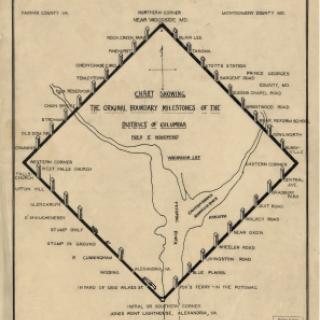DC Hosts the Civil War of Horse Racing, 1822
In the 19th century, the North and South waged an important battle. No, not the Civil War- horse racing! Before the war between the states with military and espionage there was a stirring contest fought with the finest horses that either side could breed, and the first battle took place right in the heart of Washington, D.C., at the National Course somewhere around 14th Street, north of Euclid Street and south of Columbia Heights.
The horse race was first proposed by the owner of a Southern horse, James Harrison of Brunswick, Virginia. Harrison wagered $5,000 that his horse, Sir Charles, could beat New Yorker Cornelius Van Ranst’s American Eclipse in a series of four-mile heats. Van Ranst accepted and the great American competition between North and South was set into motion.
Each horse represented the regional ideal of a racing horse. Sir Charles was the champion of Virginia and embodied the Southern ideal of elegance and speed. American Eclipse, a New York mare through and through, was built especially for power and stamina.
The race took place on Nov. 20, 1822 and it was not off to a great start. The Virginians saw the race as a foregone conclusion and made no special arrangements for their champion. Sir Charles traveled south for another event prior to the race, instead of being “properly prepared.”[1] Before the race even started, Sir Charles was injured in a trial run. Harrison agreed to pay the forfeit, but also decided to put Sir Charles through at least one heat with American Eclipse. Sir Charles lost badly, breaking down in the last portion of the race, giving American Eclipse an easy victory.
The race itself put the National Course of D.C. on the map. Out of the ten-odd racetracks that graced the Washington area from as early as the late 1700s, the National Course was the first of national significance. It was more permanent than earlier racetracks, and could draw crowds of 4,000 people, a mix of ethnicities, sexes, ages, and classes- it was said that everyone attended the races at the National Course, from “the President of the United States to the beggar in his rags.”[2]
Where did American Eclipse and Sir Charles go from there? Sir Charles was retired and moved to stud, but American Eclipse went on to further greatness. In a follow up to the Washington race, a race was held on Long Island between American Eclipse and the Southern horse Sir Henry. This race, with a purse of $20,000 as the prize and a reported record number of 60,000 spectators, pushed American Eclipse to the heights of horsey stardom. An initial poor showing by the northern horse even drove the New York stock exchange down temporarily! American Eclipse did eventually win, however, and it seemed that the competition between racehorse ideals was settled for a least a little while.
The problems between Northern and Southern states, however… Well, that took a little more time.
Sources:
Johnson, Paul E. “Northern Horse: American Eclipse as a Representative New Yorker.” Journal of the Early Republic, 33.4. (Winter, 2013).
“Sir Charles.” Thoroughbred Heritage: Portraits. Thoroughbred Heritage, 2005. Web.
“The Great Race Between Henry and Eclipse, 1823.” Ohio Farmer (1856-1906)19.24 (Jun 11, 1870): 374.


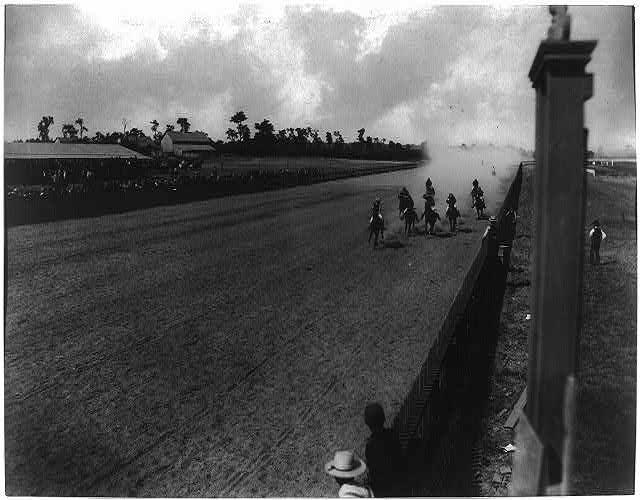
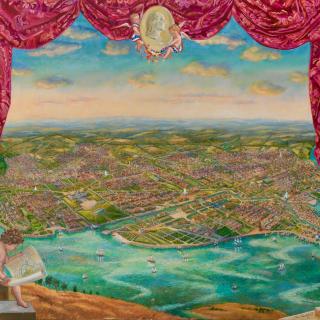
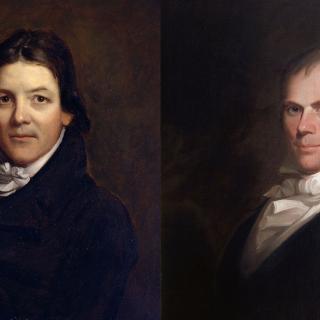
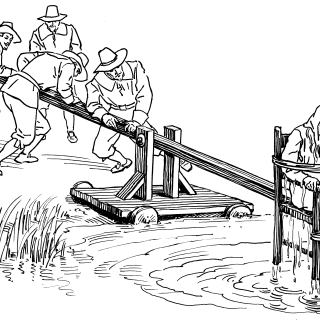
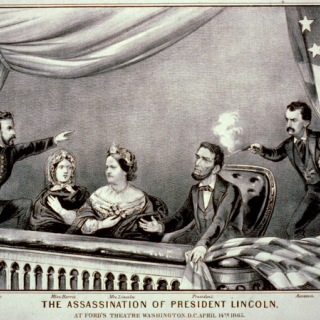
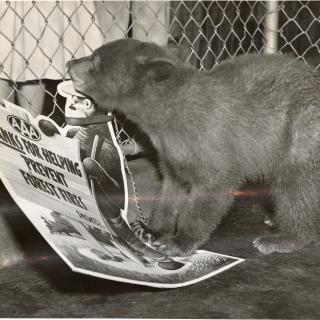
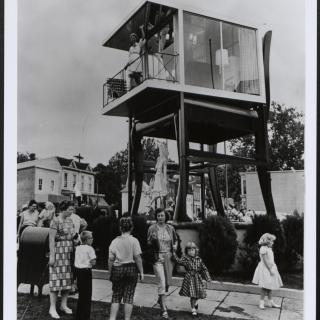

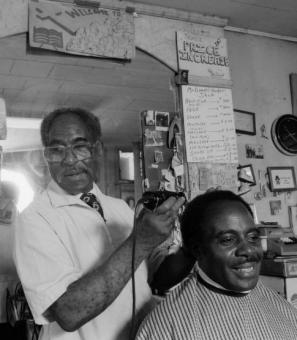 >
>